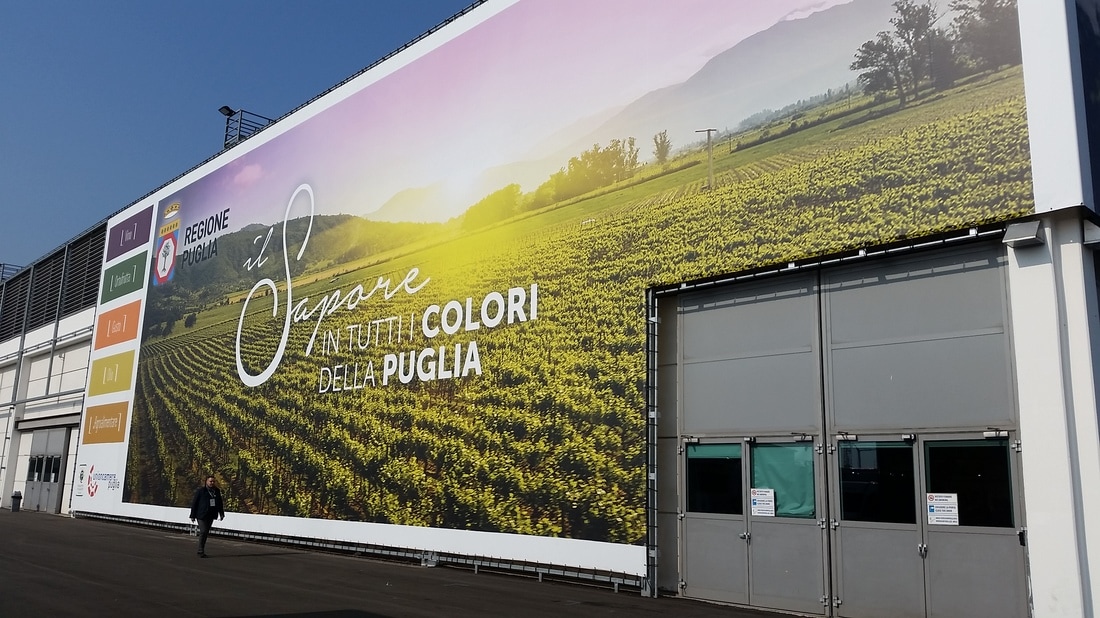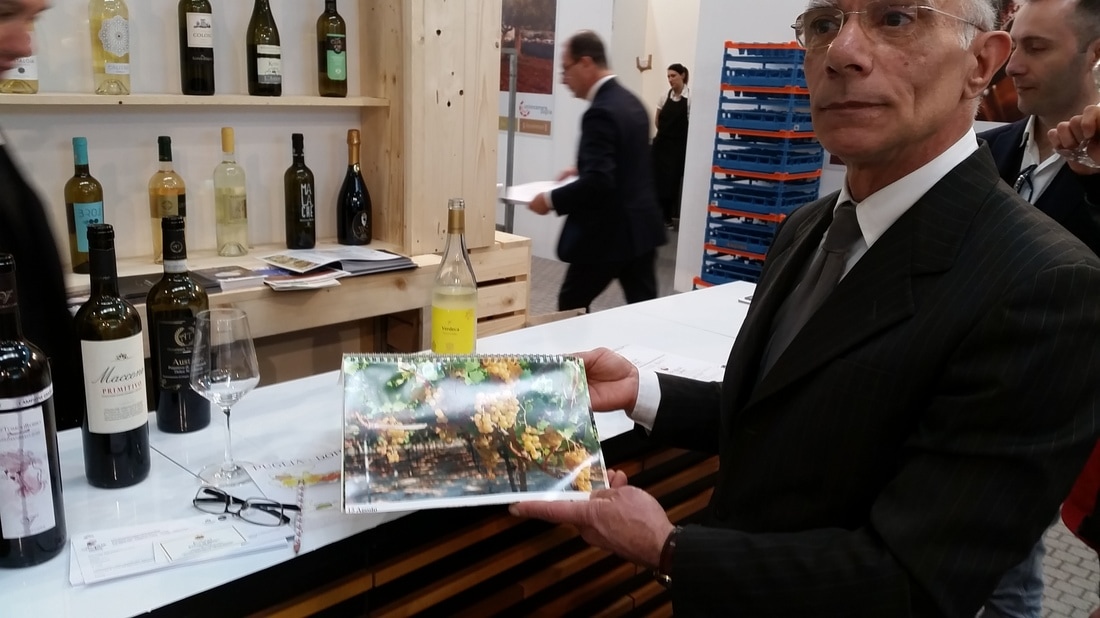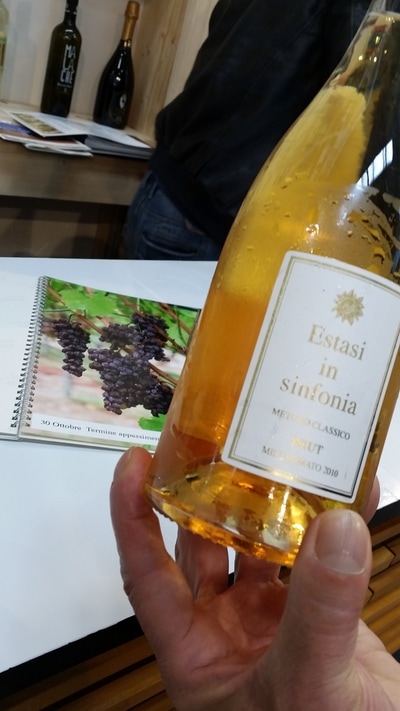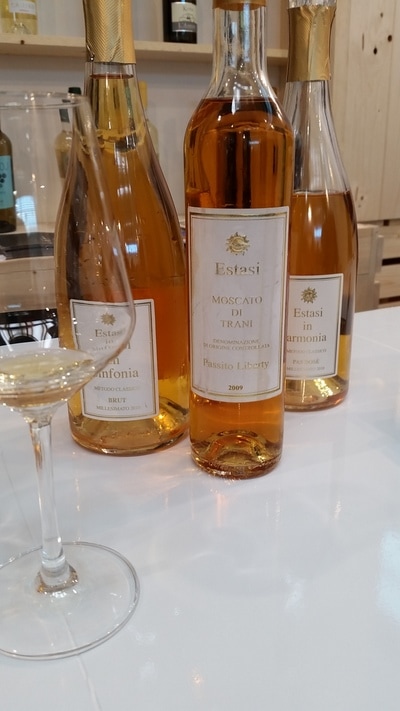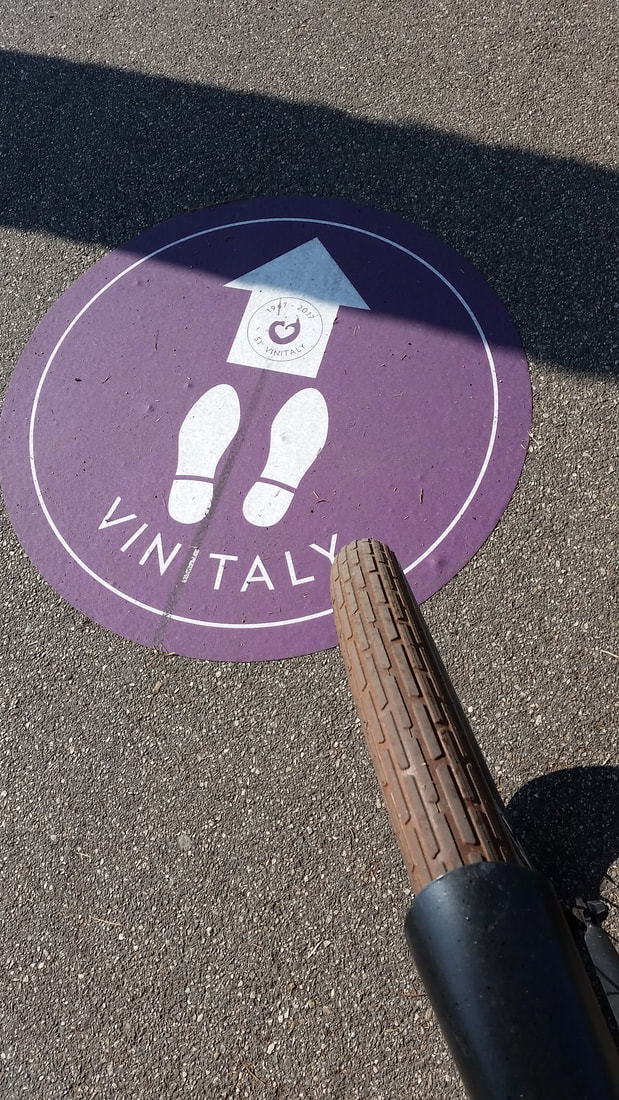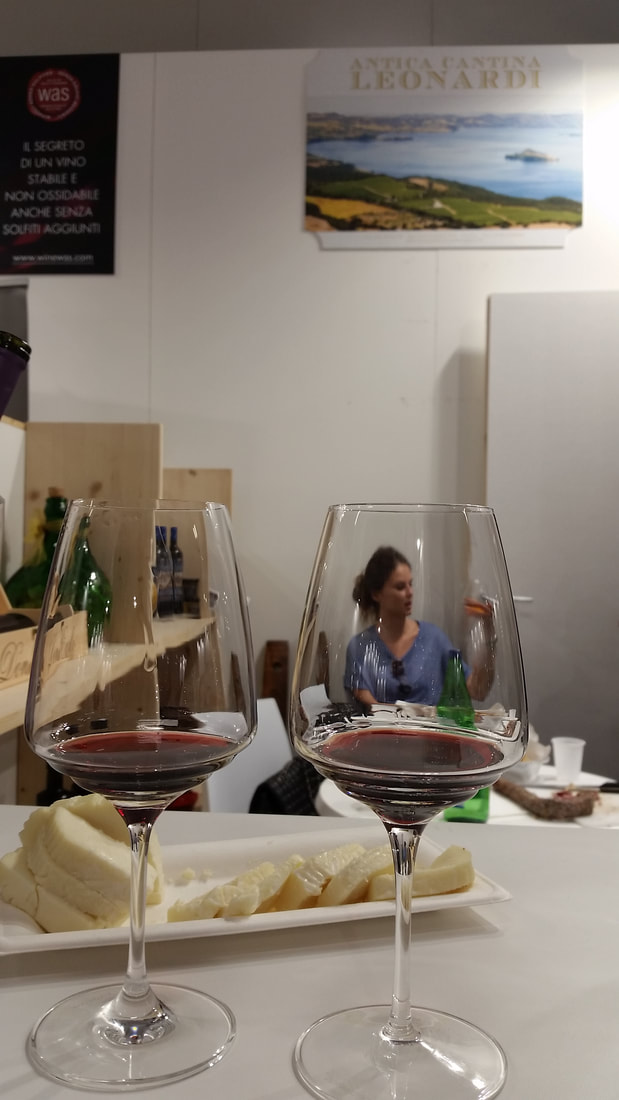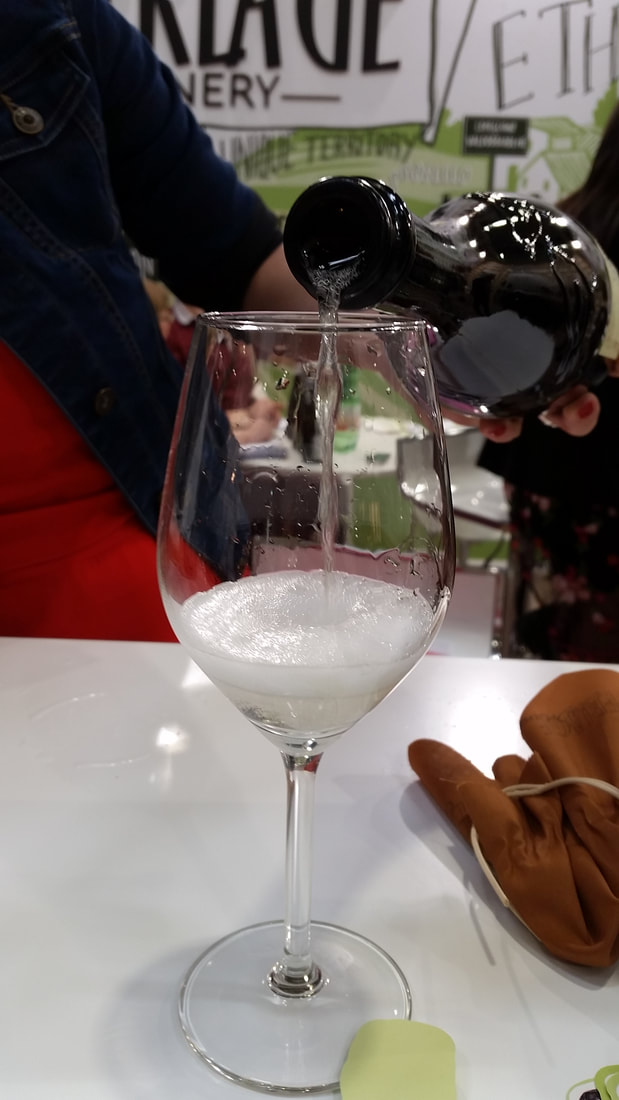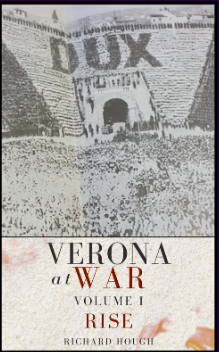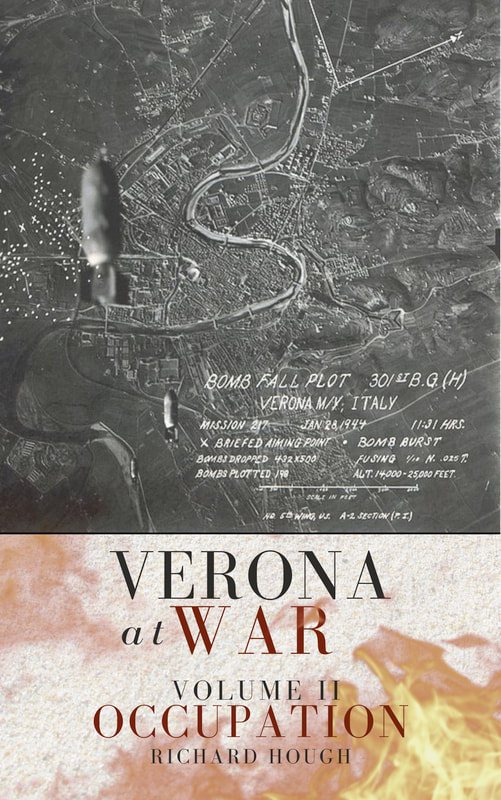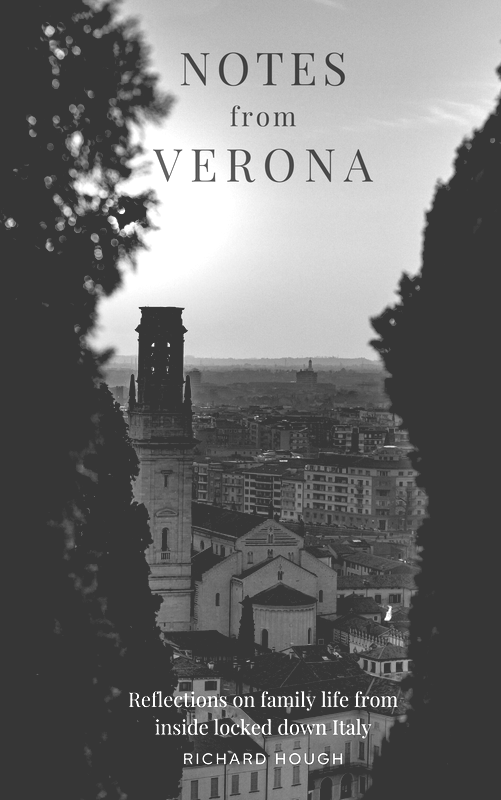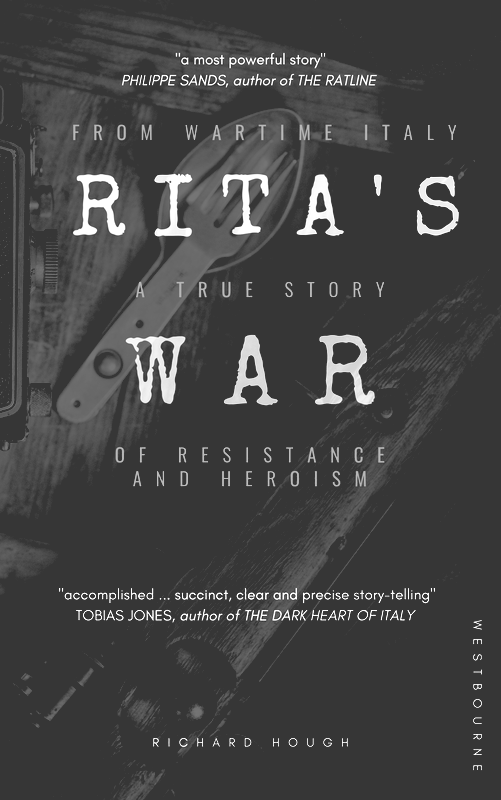|
A dream finally came true for me at Vinitaly Verona.
For as long as I've lived in Italy, Puglia has been on my wish list of places to visit. A land of unspoiled beauty as yet untainted by mass tourism. Miles of stunning coastline, white sandy beaches, medieval towns, flamingoes, grottoes and the famous trulli of Alberobello. The pace of life is slow. The food is just how Italians like it - simple, fresh and authentic. For the Veronese, tired of the expense and hassle of traveling to Sardinia, Puglia is now the destination of choice for summer vacations. The only problem is getting there. Most people who travel from Verona to Puglia drive. That's at least 8 hours in the car - and that's on a good day. I've heard some real horror stories. So, for the time being at least, Puglia remains a distant dream.
Perhaps it was this unquenced desire that propelled me towards the Puglia pavilion at Vinitaly Verona.
After the hustle and bustle of the reception area and a quick lap of the more chaotic zones near the entrance, Puglia was an oasis of calm and serenity. That's not to say it was empty - there was a certain buzz of quiet industry about the place, but it just wasn't as frenetic as the other pavilions. I soon found myself in conversation with a friendly sommelier at the regional stand who was just about to take me on a swift canter through the region's wine. Responding to my obvious enthusiasm for such a mission, it wasn't long before I was being introduced to a well-dressed man with more than a passing resemblance to Pete Postlethwaite (think Usual Suspects rather than Brassed Off).
Charismatic and friendly, the man before me was in fact Franco di Filippo, the owner of the Estasi vineyard. The passion and the pride with which he described his wine was one of the highlights of the fair for me.
It was impossible not to be impressed - and that was before I'd even tasted a drop of his wine! Estasi is a delightful sparkling wine that takes its distinctive golden-yellow colour from the rather unusual way in which it is produced. Traditionally sparkling wine is made from under-ripe grapes, which gives it its high acidity. The result is a light and simple wine which generally lacks the structure of more complex non-sparkling wines. Estasi, on the other hand, is made from the Moscoto Reale grape variety, which are left on the vine until they become super-ripe and naturally dry. They are finally harvested in late October, by which time the grapes resemble raisins. The fruit is then fermented and matured in steel tanks for 24 months. The wine is then re-fermented in the bottle (the Champagne method) for a further 18 months. The result is a complex well-structured wine. On the nose, ripe fruit, citrus and apricot. On the palate, peach, honey, elderflower and hints of ginger. The bubbles are not as vigorous as with other sparkling wines, the overall result a more delicate, elegant wine with a truly distinctive flavour.
Amongst the inevitable fog of a four-day wine fair, this encounter was a rare moment of insight and clarity. Time seemed to stand still and I was transported to a far-away land of white sandy beaches and dense olive groves. For a fleeting moment, I finally found myself in Puglia.
|
AboutRichard Hough writes about history, football, wine, whisky, culture + travel and is currently working on a trilogy about wartime Verona.
|
